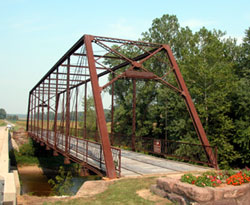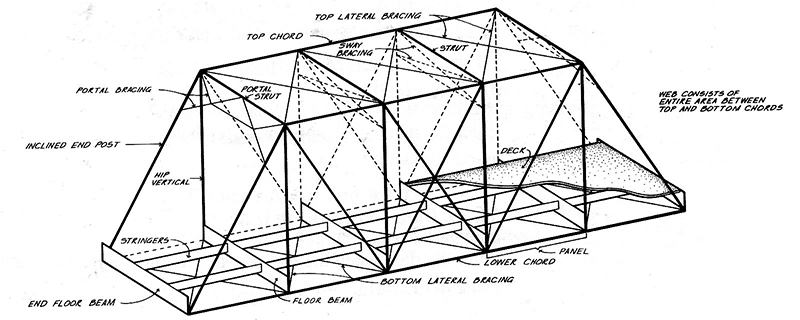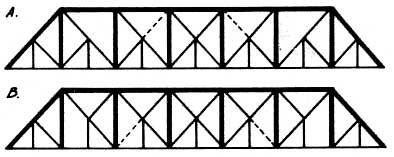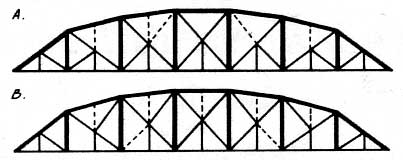Main Content
Article
Historic Bridge Styles

Bridge #28, Parke County.
Structures designed and erected during the 19th century are becoming increasingly rare. Bridges are a unique offshoot of architecture and possess their own associated terms, components and styles.
As the number of metal bridges decline, it become more important to protect the resources we have. Those projects that affect bridges, where state or federal funds are used, have a review process through the DHPA. In an effort to assist, those interested in protecting bridges and so that everyone understands the reason for assessing bridges in various ways, the DHPA has created a guide for the assessment of metal bridges.
Sometimes, though, bridges cannot be saved in their original location. In response to this, the Federal Highway Administration and the Indiana Department of Transportation have joined forces to preserve some of Indiana’s historic bridges. The two agencies have created the “Historic Bridge Marketing Program” -- an online database of iron, stone, and concrete bridges that are facing future bypassing or demolition. The intention is to locate parties who would be interested in either maintaining or relocating the bridge, so the resource is not lost.
Terminology

Types

Bridge Truss Styles - Architectural Guide
- King Post
- Queen Post
- Pratt
- Pratt Half-Hip
- Double Intersection Pratt
- Burr Arch Truss
- Town Lattice
- Truss Leg Bedstand
- Parker
- Baltimore (Petit)
- Pennsylvania (Petit)
- Lenticular (Parabolic)
- Warren
- Warren with Verticals
- Double Intersection Warren
- Pegram
- Howe
- Bowstring Arch-Truss
- Wichert
- Camelback
- Camelback with Subdivided Panels
- Kellogg
- Waddell "A"
- Griener
- Schwedler
- K-Truss
- Post
- Bollman
- Fink
- Stearns









































